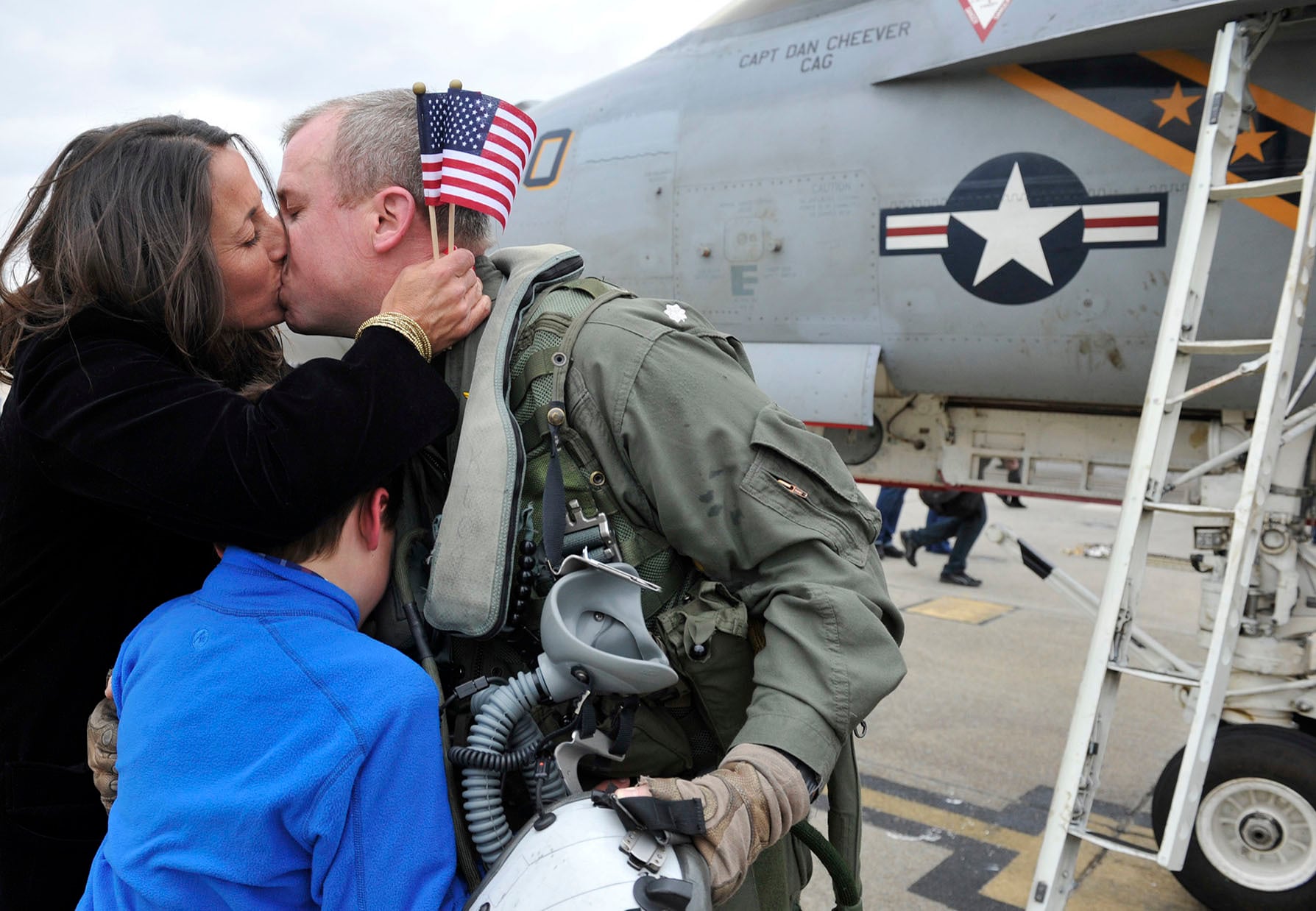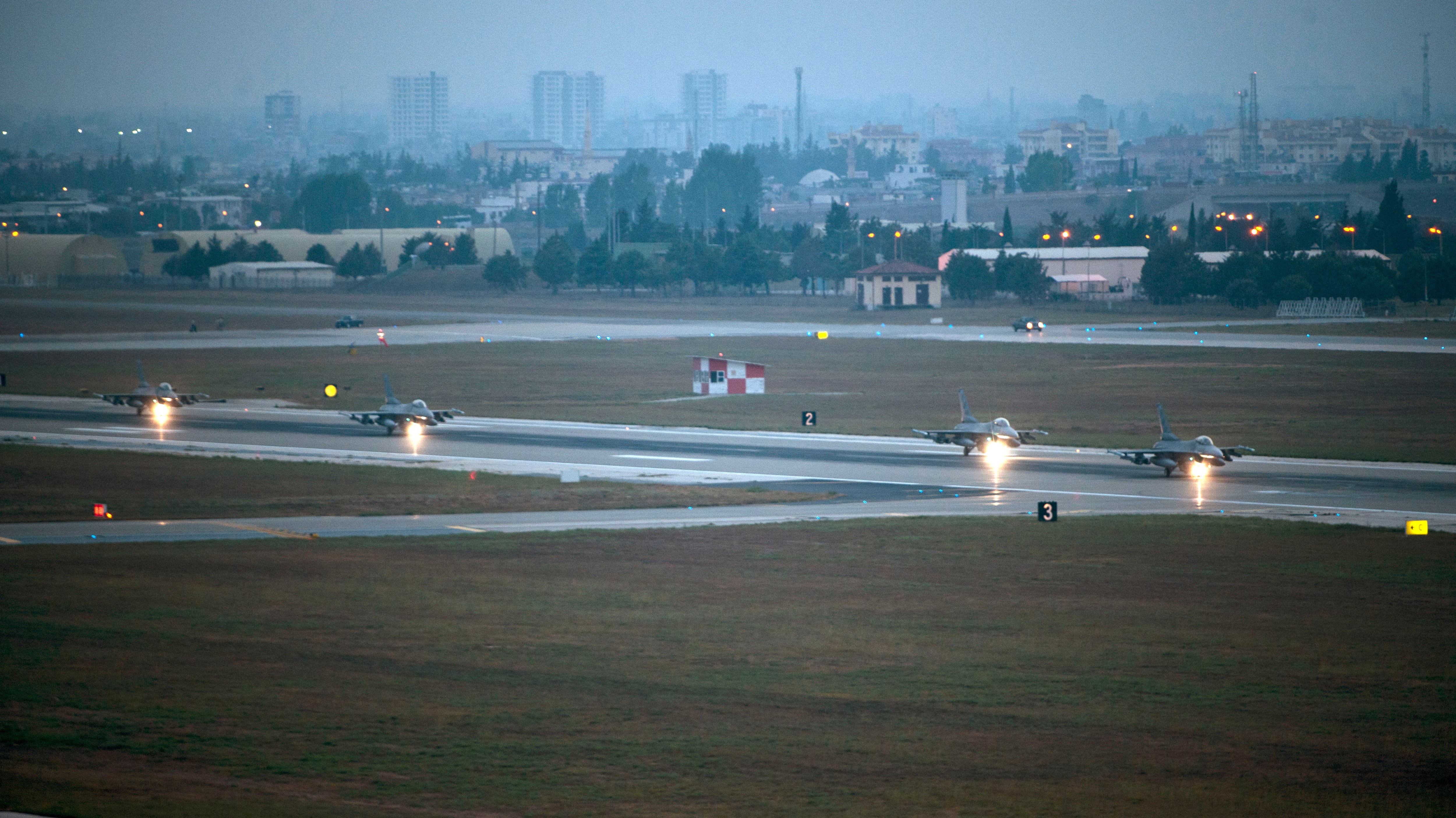A video posted Tuesday to YouTube appears to show a militia group preparing for battle against the Islamic State with the help of an M1 Abrams tank, but how the fighters got the tank — and what good it will do them — remains unclear.
The video, featured in a Wednesday report by The Long War Journal, is undated and shows what's likely a convoy of Kata'ib Hezbollah forces, also known as the Hezbollah Brigades, of up to 250 vehicles, including the tank, Humvees, rocket launchers and pickup trucks.
"There are too many vehicles and too many weapons for this to be just a propaganda exercise. That's actual Kata'ib Hezbollah, actually headed to a fight," said Christopher Harmer, an analyst with the Institute for the Study of War's Middle East Security Project, in a Friday email. "You can fake a lot of stuff. You can't fake a big convoy headed to the front."
The Long War Journal report called the video "the first evidence of Iranian-backed militias having M1 tanks at their disposal." Veryan Khan, editorial director of the Terrorism Research and Analysis Consortium, called it "fairly alarming," and said "the real million-dollar question is, Where did [the] tank come from?"



The four-minute video offers no hints, but the Iraqi army fields Abrams tanks, and Islamic State fighters reportedly have captured some of that equipment.
Whether the tank reached the Hezbollah Brigade from the Iraqis or via re-capture from Islamic State forces, using the tank for its original purpose could prove problematic, said Harmer, a retired naval officer whose duties included a stint in Bahrain as deputy director of future operations with 5th Fleet.
"I am skeptical on their ability to maintain the engine, chassis, tracks, etc.," he said. "My guess is, they will us this as a static small artillery vehicle."
The U.S. designated the Hezbollah Brigades as a terrorist group in 2009. The group does not admit to receiving funding and training from the Quds force, a branch of Iran's Revolutionary Guards, but "virtually every U.S. analyst agrees that this is the case," Harmer said.
Kevin Lilley is the features editor of Military Times.





